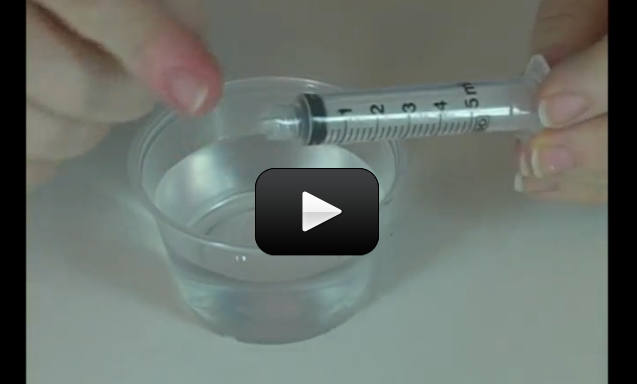The triple point is where a molecule can be in all three states of matter at the exact same time, all in equilibrium. Imagine having a glass of liquid water happily together with both ice cubes and steam bubbles inside, forever! The ice would never melt, the liquid water would remain the same temperature, and the steam would bubble up. In order to do this, you have to get the pressure and temperature just right, and it’s different for every molecule.
The triple point of mercury happens at -38oF and 0.000000029 psi. For carbon dioxide, it’s 75psi and -70oF. So this isn’t something you can do with a modified bike pump and a refrigerator.
However, the triple point of water is 32oF and 0.089psi. The only place we’ve found this happening naturally (without any lab equipment) is on the surface of Mars.
Because of these numbers, we can get water to boil here on Earth while it stays at room temperature by changing the pressure using everyday materials. (If you have a vacuum pump, you can have the water boil at the freezing point of 32oF.)
Here’s what you need to do:
Please login or register to read the rest of this content.

